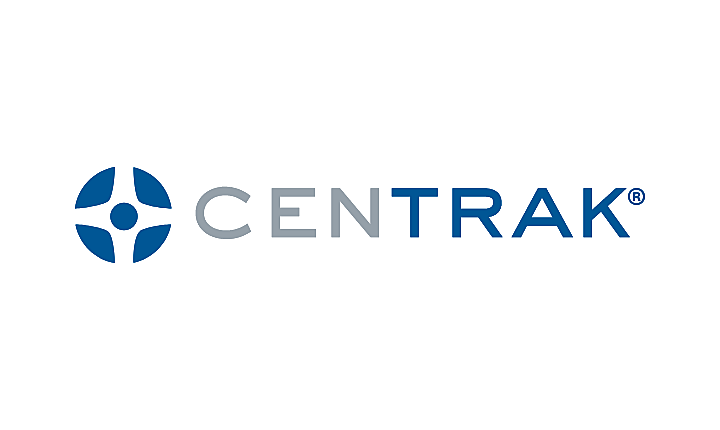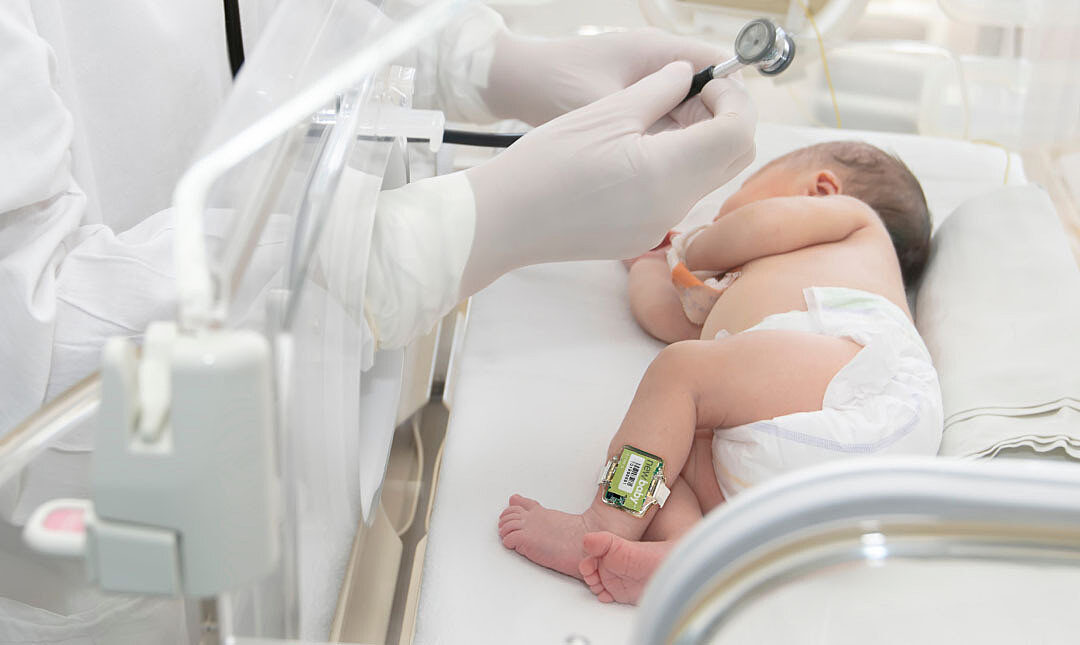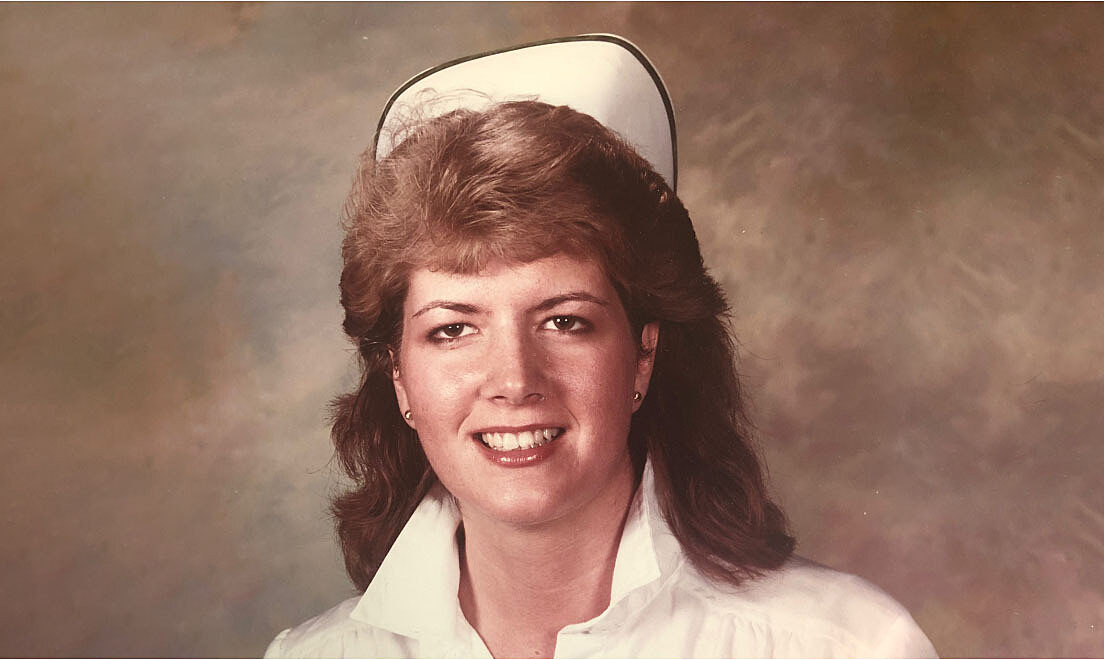Applying Proper Naming Conventions for RTLS System Deployment Success

When we work with various healthcare organizations implementing Real-Time Location Systems (RTLS) for asset management, unfortunately, many organizations rush quickly into the implementation process, and without the guidance of an experienced RTLS solution provider, they skip over this important step. As a result, the organizations struggle after the system is live and only see minimal use out of their RTLS investment by staff.
To avoid limiting the usefulness and ultimately the value of your RTLS solution, we strongly recommend having a common and agreed upon understanding of what it is you are trying to accomplish.
For example:
Equipment Class
In the world of RTLS, equipment is defined by what is called the Equipment Class – Pumps or Transport Equipment are examples of Equipment Classes. Classes are then broken down further into Equipment Types – for example, Infusion Pump, Syringe Pump, and Feeding Pump are all equipment types that would fall under the Pump Class. The Transport Equipment Class would consist of wheelchairs of various types, stretchers, beds, etc. Defining these “Classes” of equipment provides a high-level way to see all similar equipment types in a single, easy to remember way.
Naming Convention
Items within any RTLS solution need to be configured so they can be sorted, reported on, and located with ease. When working with our clients during the initial implementation of the RTLS system, we establish a standard format to be used for any equipment that is “tagged” or placed into the solution. The standard format may differ from client to client, but it must remain 100% consistent within each client to realize the full value of the system.
For example, the first part of the Asset Name might be the “Equipment Type” referenced above, then a space, a dash, another space, then the Clinical Engineering unique identifier. A practical example might be that an Alaris pump would be entered as: Syringe Pump – 4120000964.
This same basic structure can be used for Bili Lights, Workstations on Wheels, or any other equipment type.
Location Hierarchy
The importance of establishing proper naming conventions also applies when creating physical location names for patient flow and other use cases. Proper naming not only assists in finding patients more efficiently, but also provides a structured and uniform base for reliable reporting. For example, if you would like to analyze in what department and in what areas of the department patients are waiting the most, your location naming hierarchy needs to support it.
A good practice is to start with the campus, abbreviated name of the building, followed by a department name, and then a specific area or room within that floor or department.
While we’ve certainly seen standards that seem to work better than others, there is no set rule that must be used by every hospital. As long as the naming conventions are consistent and adhered to across the entire organization, the RTLS information will be delivered in an easy-to-understand and efficient manner.
Finally, a standard and well thought out structure allows for an easy way to expand the RTLS system as new asset types are tagged or new facilities within a healthcare system start leveraging the RTLS system.
The result of not taking the time up front to consider the importance of this task will have impacts you might never have considered. At the best it can be time-consuming to fix, and at worst you can erode the trust of the staff and impede the usefulness of the system to the point of reducing its use and value.
If you are just getting started, please don’t disregard this step. Even for those organizations that are starting with one department or one building. Taking the time to establish a uniform standard will pay dividends and eliminate any rework when your RTLS initiative expands beyond the current scope. If you are already experiencing the pain of inconsistent naming conventions – it is not too late. Please contact us so our experts can assist you in optimizing your RTLS program.






